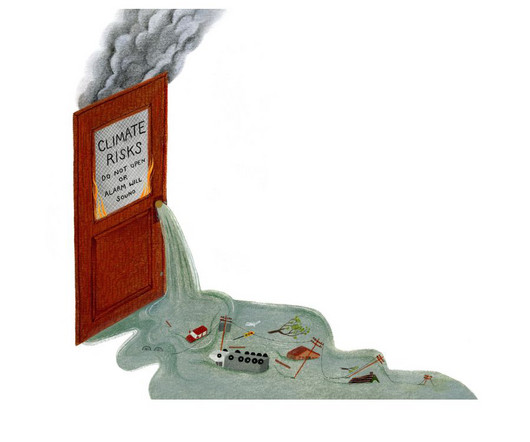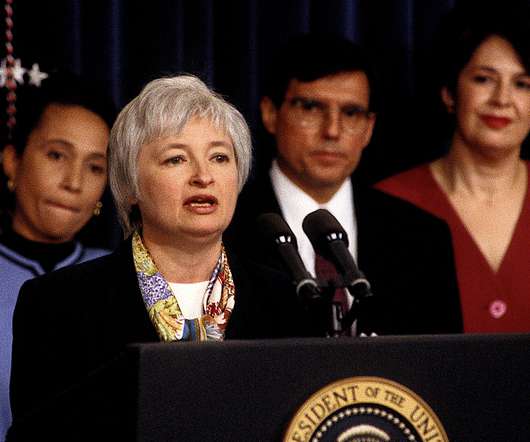How climate risk disclosure became a battleground for the clean economy
Corporate Knights
APRIL 23, 2025
Opponents see it as red tape and a constraint on competitiveness, while many climate campaigners say its the bare minimum. The shift began with the Paris Agreement in 2015, when the Task Force on Climate-Related Financial Disclosures (TCFD) was created. Keep going when you get to the end.













Let's personalize your content